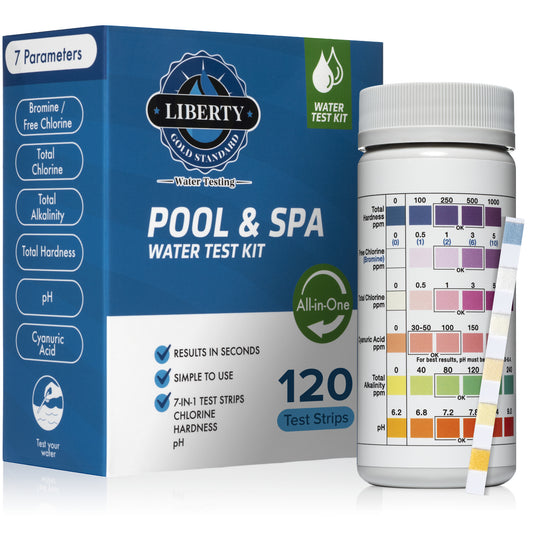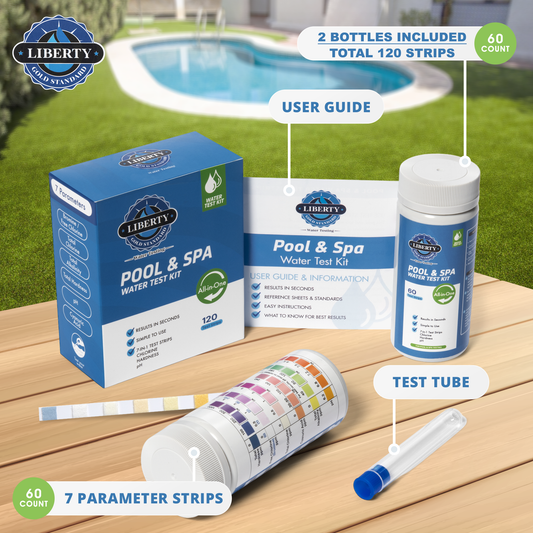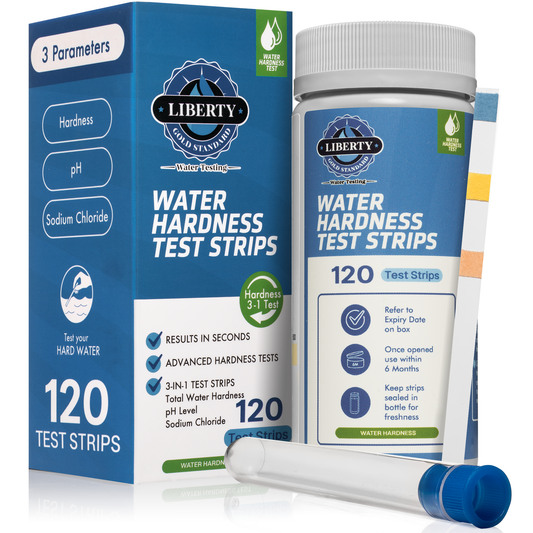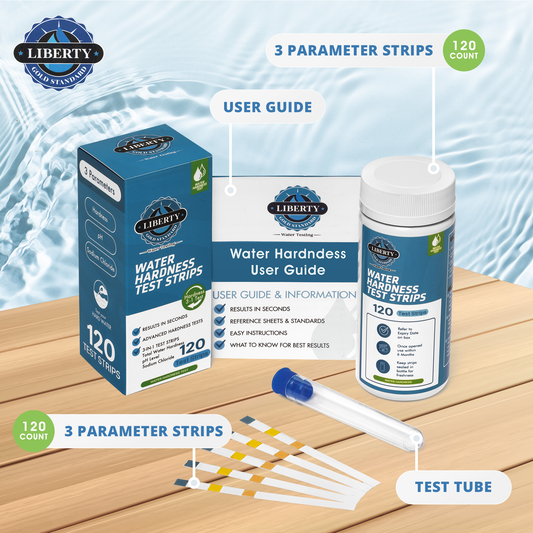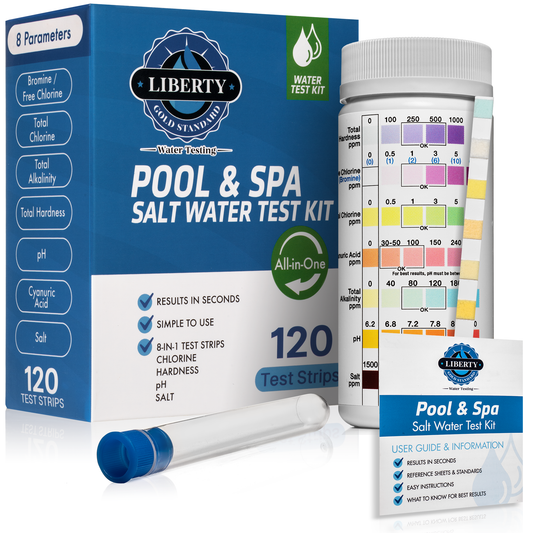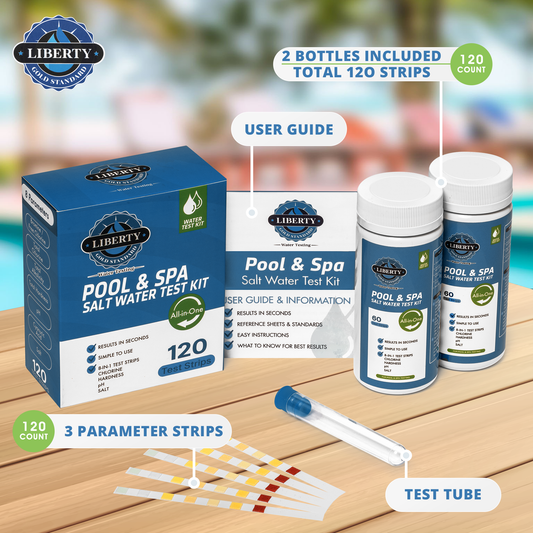Lead is a naturally occurring element found in small amounts in the earth's crust. It has been used by humans for thousands of years due to its malleability and low melting point. However, despite its usefulness, lead is a toxic metal that can have serious health implications when ingested or inhaled.
What makes lead in water dangerous?
Lead is harmful to human health, even at low levels of exposure. When lead enters the body, it can accumulate over time and cause serious health issues, especially in children and pregnant women. Lead poisoning can lead to developmental delays, learning difficulties, and other neurological problems.
How Does Lead Enter the Body?
Lead can enter the body through various sources, including contaminated air, water, soil, and food. Ingesting lead-based paint chips or dust is a common route of exposure, especially in older homes. Additionally, lead can be found in certain occupations, such as construction or battery manufacturing.
What levels of lead in water are considered too high?
The Environmental Protection Agency (EPA) has set the action level for lead in drinking water at 15 parts per billion (ppb). This means that if lead levels in water exceed this threshold, immediate action must be taken to reduce exposure and protect public health.
It's important to note that there is no safe level of lead exposure. Even low levels of lead in water can have detrimental effects on health, so it's crucial to minimize exposure as much as possible. To stay safe, you should test your water for lead using Liberty Gold Standard testing strips.
How do water testing strips work?
When a water testing strip is dipped into a water sample, the chemicals on the strip react with any lead present in the water. This reaction causes a color change on the strip, indicating the level of lead contamination in the water sample.
How to use water testing strips for lead?
1. Fill a clean container with a water sample from the source you want to test.
2. Dip the water testing strip into the water sample for the specified amount of time, usually a few seconds.
3. Remove the strip from the water and wait for the color change to occur.
4. Compare the color of the strip to the provided color chart on the bottle to determine the level of lead contamination in the water.

What do the results mean?
The color change on the water testing strip corresponds to a certain level of lead contamination in the water. It is essential to follow the instructions provided with the strips to interpret the results accurately. If the results indicate high levels of lead, it is recommended to contact a professional for further testing and remediation.
By following these instructions, you can effectively use water testing strips for lead to ensure the safety of your drinking water. Remember, regular testing is crucial to maintaining a healthy environment for you and your family.
The information provided in this blog was pulled from EPA.gov, which is constantly updating their guidelines around safety issues. So some of the numbers may not be exactly right at time of reading this. You can read more at https://www.epa.gov/lead/learn-about-lead






